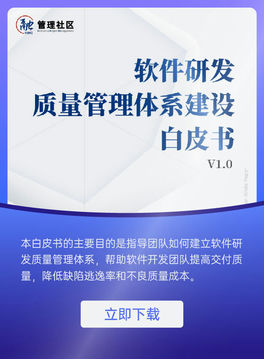数据库口号霸气十足是什么
Zentao
Zentao Project Management Software
Title: The Art of Traditional Chinese Medicine: A Comprehensive Guide
1. Introduction
1.1 What is Traditional Chinese Medicine (TCM)?
Traditional Chinese Medicine (TCM) is a holistic approach to healthcare that has been practiced for thousands of years in China. It encompasses a range of practices including acupuncture, herbal medicine, massage (tui na), dietary therapy, and qigong. TCM is based on the concept of balance and harmony within the body, and aims to treat the root cause of illness rather than just the symptoms.
2. The Five Elements Theory
2.1 What are the five elements in TCM?
In TCM, the five elements (wood, fire, earth, metal, water) are used to explain the interrelationships between different parts of the body and the environment. Each element corresponds to certain organs, emotions, colors, tastes, and seasons.
3. Acupuncture
3.1 How does acupuncture work?
Acupuncture involves the insertion of thin needles into specific points on the body to stimulate energy flow and promote healing. It is believed to regulate the flow of Qi (vital energy) through the meridians, and can be used to treat a wide range of conditions including pain, stress, and digestive disorders.
4. Herbal Medicine
4.1 What are the main principles of herbal medicine in TCM?
Herbal medicine is a key component of TCM, with thousands of herbs used for their therapeutic properties. Herbal formulas are tailored to each individual based on their specific constitution and symptoms. The main principles of herbal medicine include using herbs in combination to enhance their effects, and balancing the yin and yang energies in the body.
5. Tui Na Massage
5.1 What is tui na massage and how does it work?
Tui na is a form of Chinese therapeutic massage that involves applying pressure to specific points on the body to promote circulation and relieve tension. It is often used in conjunction with acupuncture to enhance its effects, and can be beneficial for musculoskeletal conditions, stress, and digestive issues.
6. Dietary Therapy
6.1 How does dietary therapy work in TCM?
In TCM, food is seen as medicine and plays a crucial role in maintaining health and preventing illness. Dietary therapy focuses on eating a balanced diet that is tailored to individual constitution and health needs. Foods are classified according to their energetic properties (hot, cold, warm, cool) and can be used to address specific imbalances in the body.
7. Qigong
7.1 What is qigong and how does it benefit health?
Qigong is a mind-body practice that combines movement, meditation, and breathing exercises to cultivate Qi and promote balance in the body. It is believed to strengthen the immune system, improve circulation, and reduce stress. Regular practice of qigong can help to maintain overall health and well-being.
8. Conclusion
Traditional Chinese Medicine offers a comprehensive and holistic approach to healthcare that focuses on treating the root cause of illness and restoring balance to the body. By incorporating practices such as acupuncture, herbal medicine, tui na massage, dietary therapy, and qigong into your wellness routine, you can support your body's natural healing abilities and achieve optimal health and vitality. Embrace the wisdom of TCM and experience the benefits for yourself.
Summary:
Traditional Chinese Medicine (TCM) is a holistic approach to healthcare that has been practiced for thousands of years in China. It encompasses a range of practices including acupuncture, herbal medicine, tui na massage, dietary therapy, and qigong. TCM is based on the concept of balance and harmony within the body, and aims to treat the root cause of illness rather than just the symptoms. By incorporating these ancient practices into your wellness routine, you can support your body's natural healing abilities and achieve optimal health and vitality.
POPULAR TAGS
Project management system(114)Construction project management(94)What is the IPD development process(76)IT project management(57)Project management experience(56)Project cost management(54)Software project management(53)What is project management(52)IPD management system(50)IPD process management(49)Senior project manager(49)IPD project schedule management(48)Project management engineer(47)IPD project life cycle management(47)Investment project management(46)Five steps of IPD project management(44)IPD R(43)amp;D process(43)Project manager(43)IPD project management software(42)Project quality management(42)Project risk management(42)IPD process guide(41)amp;D project management(39)R(39)IPD project management process(38)IPD development process(37)IPD process tr(37)IPD project consulting(36)IPD Project Management(36)











